THE VIBRANT, COSMOPOLITAN STREETS OF ARGENTINA’S CAPITAL CITY HOLD TANTALIZING SURPRISES AROUND EVERY BEND
BY AMANDA MCCOY
Buenos Aires, the capital of Argentina and its largest metropolis, is a city of many names. While its direct English translation is “Good Airs” or “Fair Winds,” it’s often called “The Paris of South America” for its rich European influence and exquisite architecture, or “La Reina Del Plata” (the Queen of Silver) as an ode to its location on the Río de la Plata estuary. But for many, it was an Argentine rock band from the ‘80s, Soda Stéreo that best encapsulated the city’s vibrancy, vigor, and dynamic energy with the moniker “La Ciudad de la Furia,” or the City of Fury.
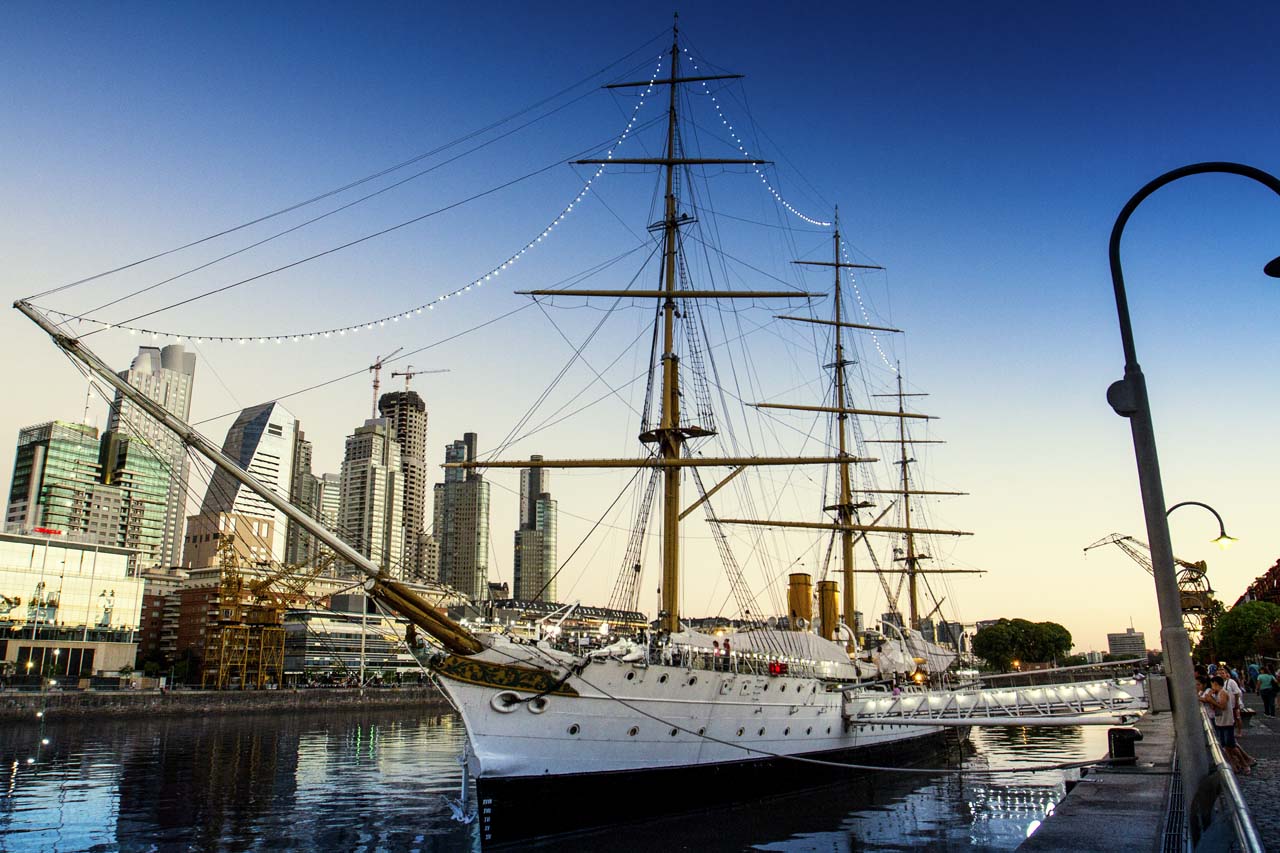
Don’t let the nickname mislead, as the Argentine metropolis is home to famously friendly locals. “Fury” represents the soul of Buenos Aires culture. It’s a city of passion, famed for sizzling steaks and spicy wines, stunning Neoclassical architecture and modern art, an unwavering ardor for fútbol (soccer), and a thriving, world famous nightlife scene (it is the birthplace of Tango, after all). Because of its Spanish, Italian, and French influences, the streets are a fascinating stew of European grandeur with a distinct Latin American flair, featuring wide avenues, grand monuments, and a blend of Neoclassical, Art Nouveau, and Art Deco architecture.
The city was technically founded twice, first in 1536 by the Spanish conquistador Pedro de Mendoza, but the settlement floundered due to deficient supplies and feeble defenses and was quickly abandoned. Nearly 50 years later, the city was revived by Mendoza’s fellow countryman Juan de Garay. Though it was in a prime location along the western shore of the Río de la Plata, trade bureaucracy prevented the growing city from becoming a major port city under Spanish rule, thus cattle ranching and leather became lucrative trades in the 18th century. After Argentina claimed its independence in 1816, Buenos Aires flourished, reaching a population of 1.3 million by 1910. Today, it is one of the most important ports in Latin America and is the country’s hub of commerce, industry, politics, culture, and technology.

KNOW BEFORE YOU GO
Located in the temperate zone, weather in Buenos Aires is typically pleasant year round, with temperatures rarely dropping below the 40s in the winter or surpassing the 80s in the summer. High season is considered December through February (summertime in the Southern Hemisphere), while the spring bloom of jacaranda trees in October and November also attracts larger crowds. If you don’t mind packing warmer clothes, August can be a travel sweet spot; highs hover around the 50s and lower 60s (though, of course, be sure to check the forecast) with chilly nights, and though the top attractions remain open, tourist crowds haven’t yet descended upon the capital city.
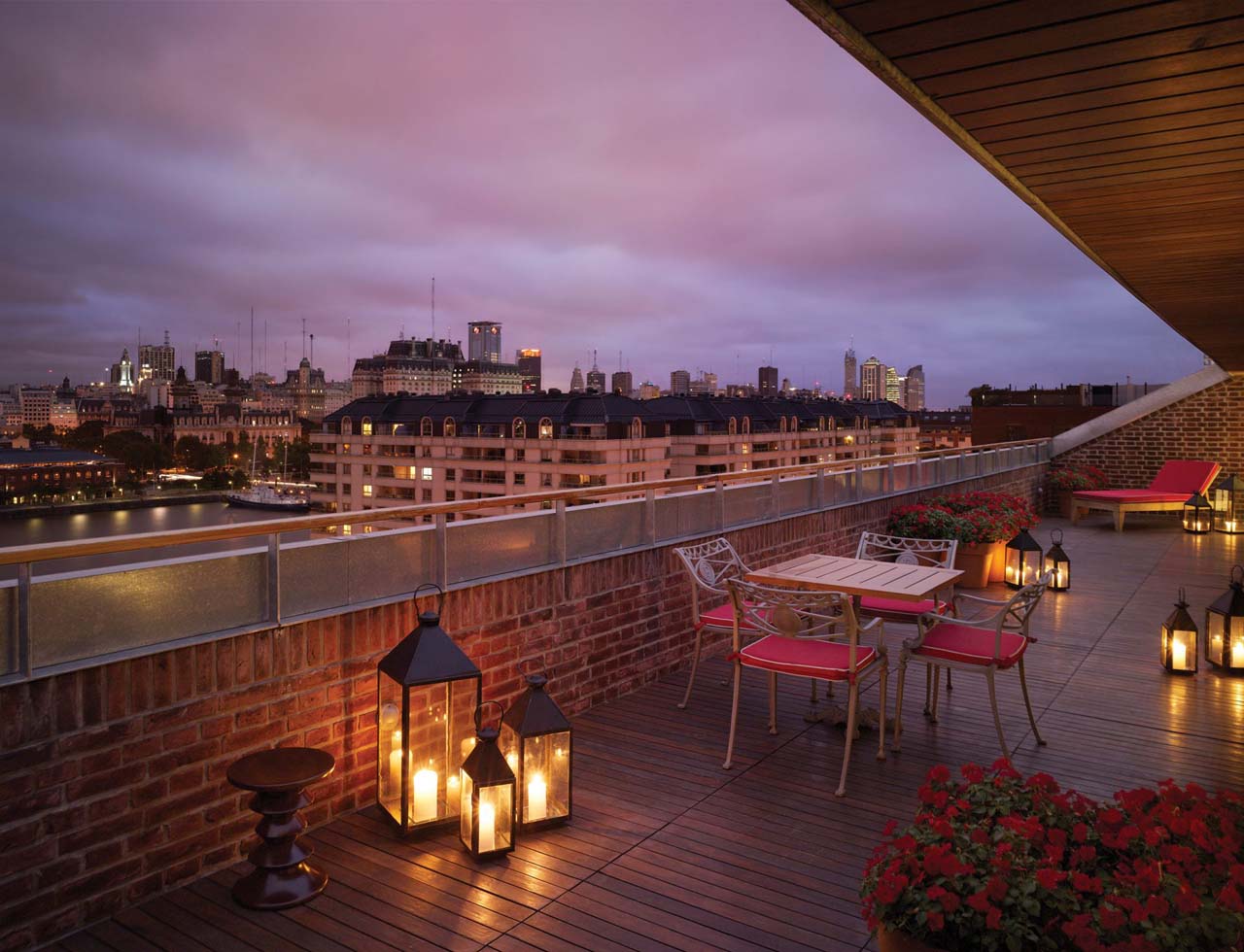
Remember to bring a power plug adapter, as Argentina uses sockets type C and I (we use type A and B in the U.S.). We also recommend packing a comfortable pair of shoes as the city is flat and easily walkable, and there are so many magnificent neighborhoods to explore.
ATTRACTIONS
TEATRO COLÓN
Dubbed one of the world’s best opera houses by National Geographic, this opulent concert venue offers sensational acoustics and exquisite architectural beauty. The house was originally founded in 1857, reconstructed in 1908, and has hosted some of the greatest singers, dancers, composers, and conductors in history, from Richard Strauss to Anna Pavlova.
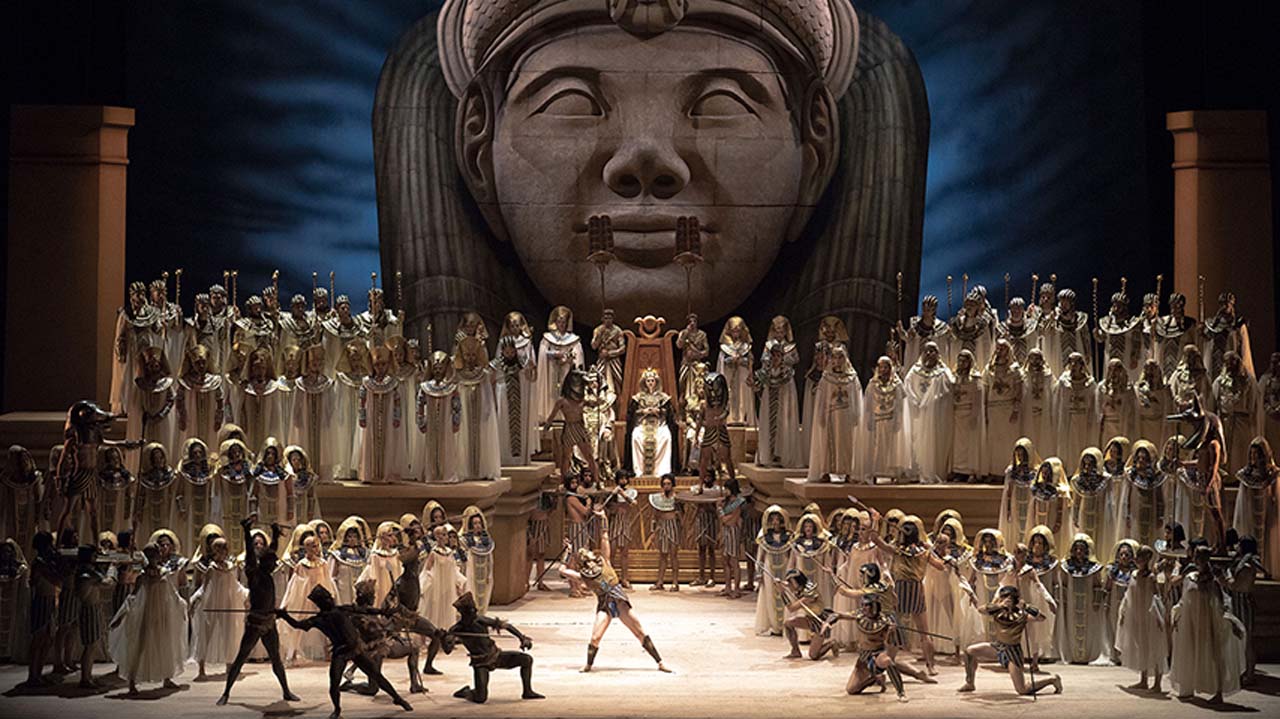
TANGO
The sultry world of dance thrives in this sleepless city, and what better way to immerse yourself in the nightlife culture than by watching or participating in the city’s official dance, the Tango. Catch a Piazzolla Tango performance in the gloriously gilded theater of Galería Güemes, visit the Faena Hotel for its famed Rojo Tango show (where past spectators include Mick Jagger, Katy Perry, and Sting) or try your own two feet at the la Viruta Tango dance school.

LA RECOLETA
Chic and upscale, this historic district is the perfect place for a leisurely afternoon, as it’s immensely strollable and dotted with Beaux Arts buildings, extravagant former palaces, Parisian style cafés, and swanky boutiques. One of its most popular attractions, the Recoleta Cemetery, is an above ground burial site that’s widely regarded as one of the most interesting and beautiful cemeteries in the world. The 6,400 grave site features everything from Greek temples to elaborate miniature cathedrals and harbors the final resting places of the country’s most prominent figures, including Eva Perón.
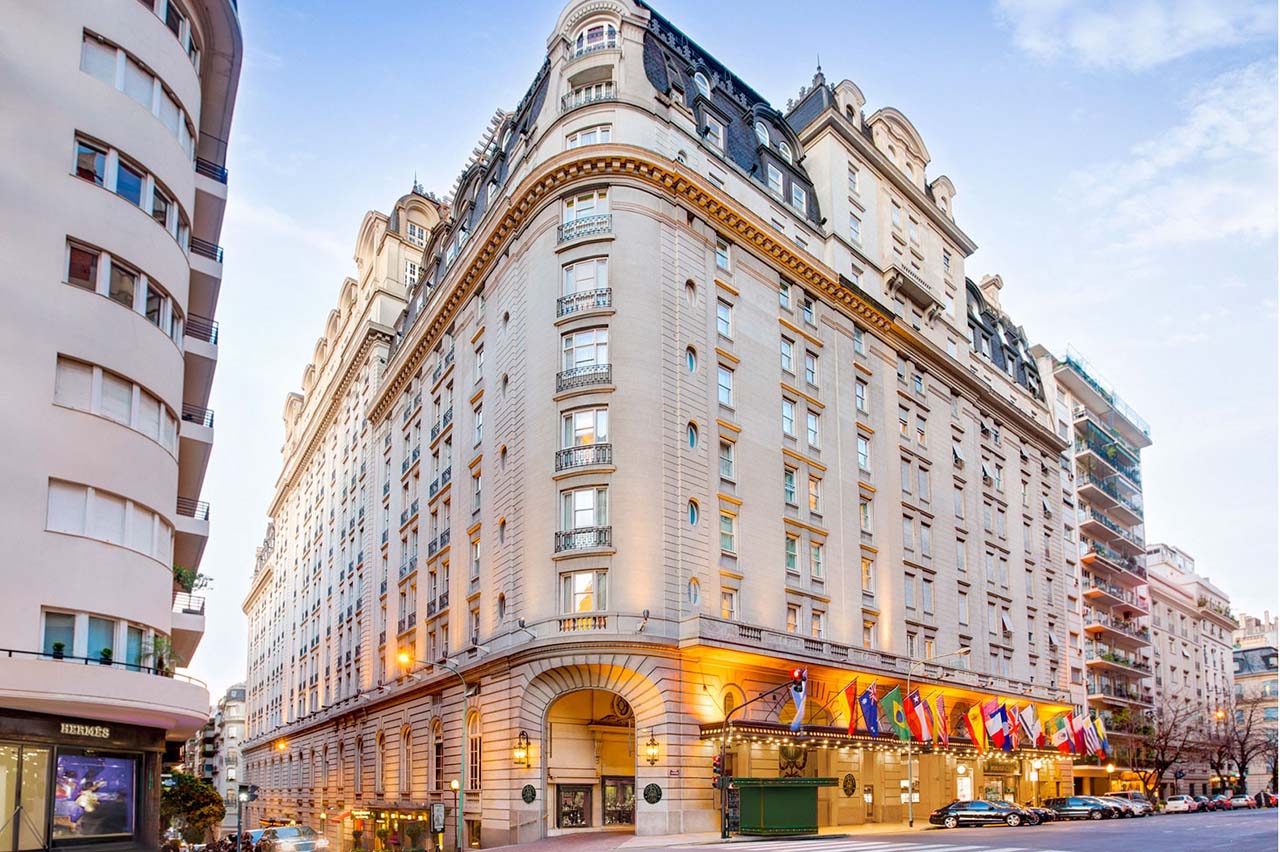
WHERE TO STAY
ALVEAR PALACE
Housed in an exquisite Belle Époque building from the early 1930s, this lavish 11 story hotel radiates classic 18th century French luxury from the inside out. Located in the heart of la Recoleta, just steps away from some of the city’s best cafés, restaurants, and boutiques, and only a short ride away from the main cultural attractions and museums, the hotel is considered a symbol of the city’s elegance. The design is breathtaking, featuring gold leaf detailing, marble columns, French style wooden paneling, and massive chandeliers sparkling overhead. The hotel’s premier accommodation, the Royal Suite, is fittingly dressed in botticino Italian marble bathrooms, French fabrics, glass and bronze chandeliers, and Slavonian oak floors ($3,600 per night). Av. Alvear 1891, C1129 CABA, alvearpalace.com
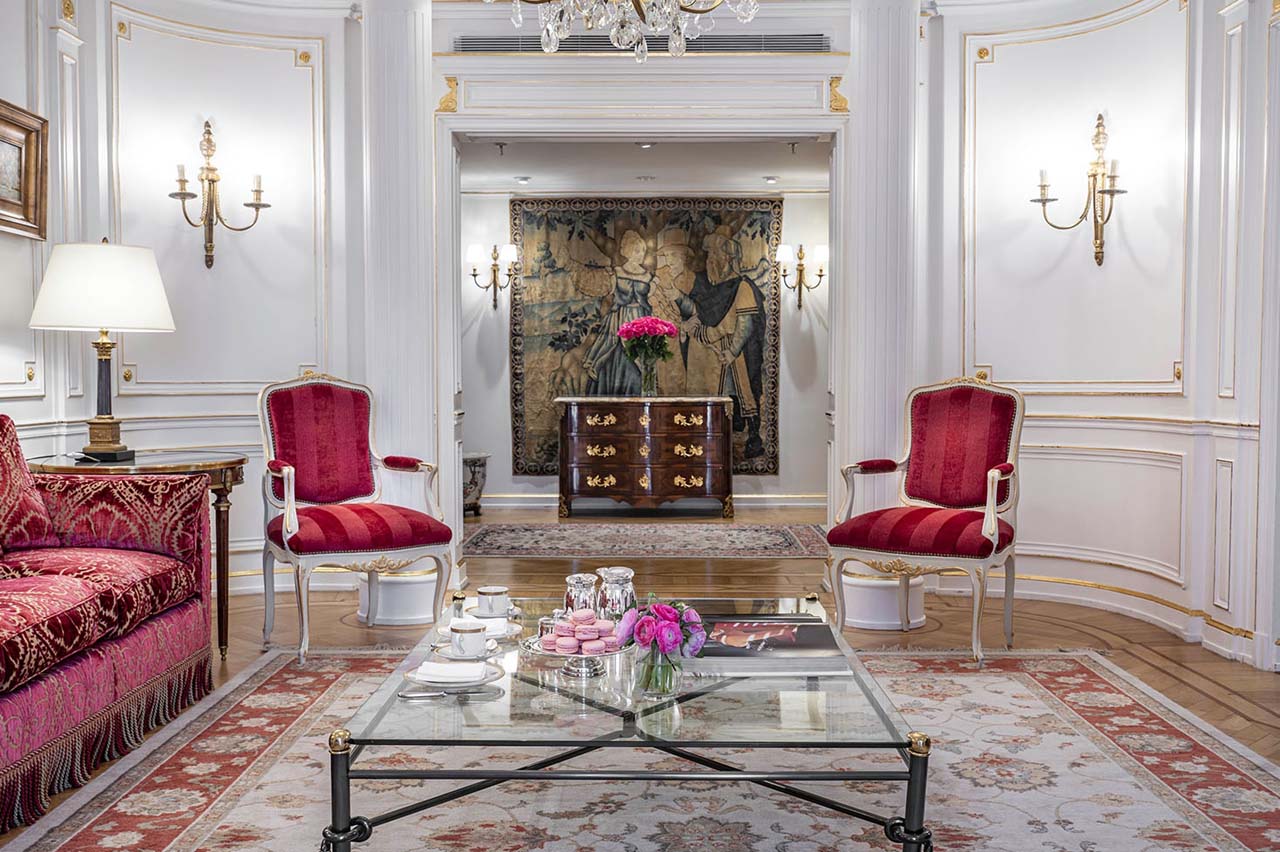
FAENA HOTEL
Located alongside the waterfront in one of the city’s newest buzzy hotspots, Puerto Madero, the Faena Hotel offers a more contemporary overnight experience. It’s a cosmopolitan retreat that embraces the eccentric and the offbeat, with theatrical decor like crystal candelabras, tufted red leather couches, and artisanal keepsakes from around the world. Take in the panoramic views poolside, enjoy an afternoon tea or cocktail in the velvet draped Library Lounge, or indulge in an holistic therapy at the spa. Martha Salotti 445, C1107 CMB, faena.com

DINE AND DRINK
DON JULIO PARRILLA
Argentina has the second largest per capita consumption of meat in the world (behind only Uruguay), thus there is no shortage of exceptional places to enjoy a steak in the city. Packed parrillas (steakhouses that cook meats on a grill) line just about every corner, from locally loved dives to white tablecloth fine dining. Don Julio, voted number four in last year’s 50 Best Restaurants in Latin America, is a traditional Argentine steakhouse famed for its robust portions and superb quality meat. Housed in a romantic 19th century building, the bistro only serves grass fed beef from Aberdeen Angus and Hereford cattle (raised just outside the city) along with high end local and international wines. To accompany the carne, we recommend indulging in the crispy mollejas sweetbreads lightly seasoned with lemon and sea salt – and a Mendoza Malbec.
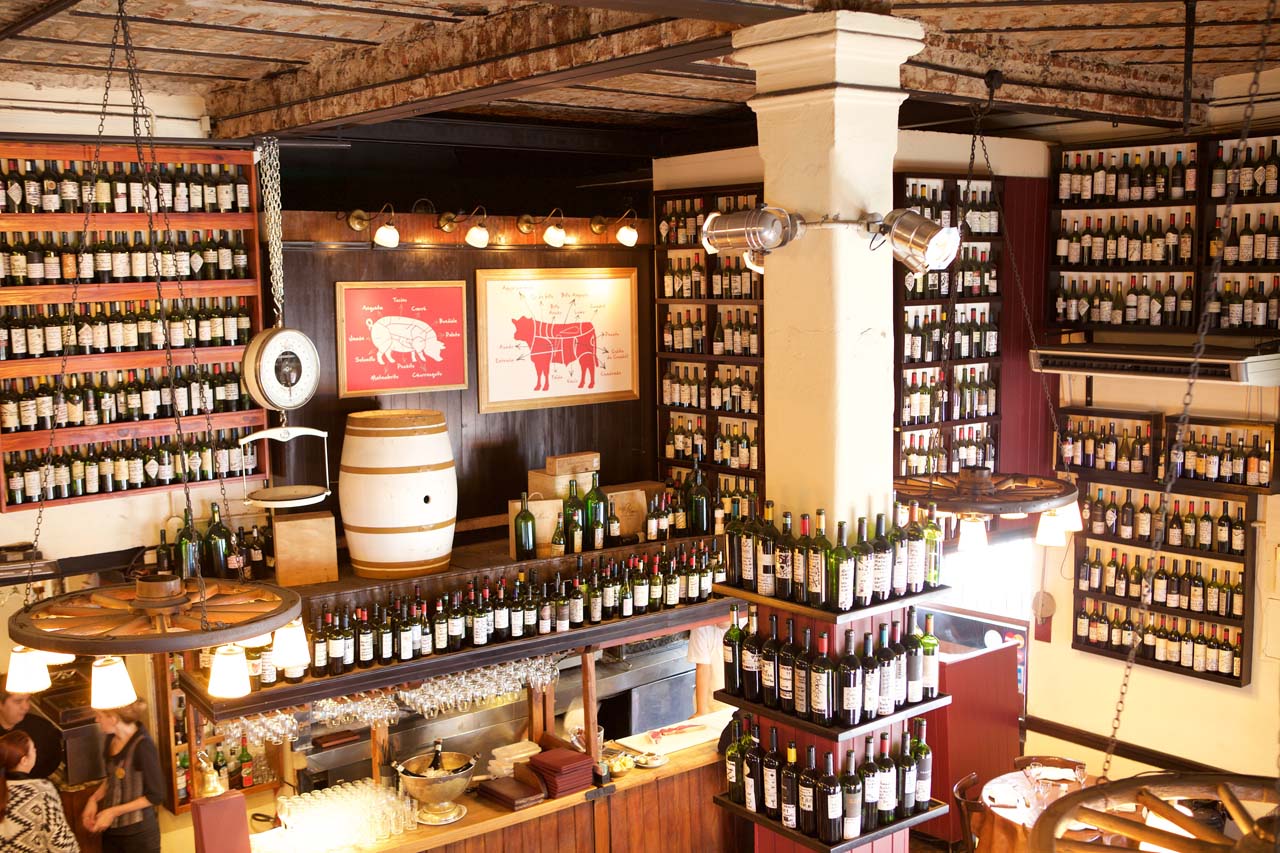
WE ALL SCREAM FOR HELADO
Ice cream, or helado in Spanish, is essentially its own food group in Argentina, and its capital city is brimming with artisanal heladerías serving the gelato style sweet cream at any time of day (ice cream for breakfast, anyone?). Dulce de leche, a decadently sweet caramel, is the most popular flavor, and every parlor offers its own rendition. Other cult favorites include sambayón (a boozy blend made with marsala wine and sometimes whiskey) and tramontana (made from a cream base and topped with dulce de leche and chocolate covered biscuits).
